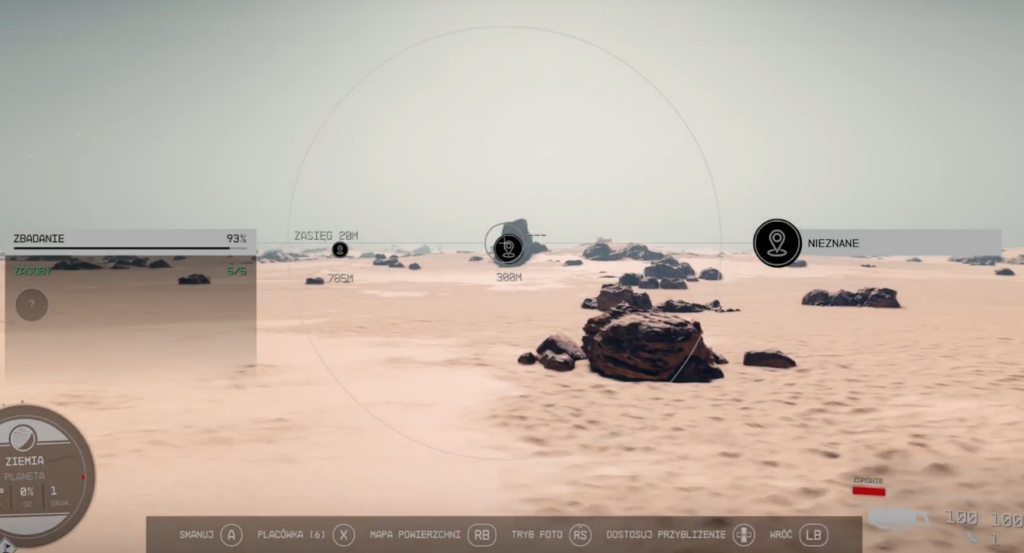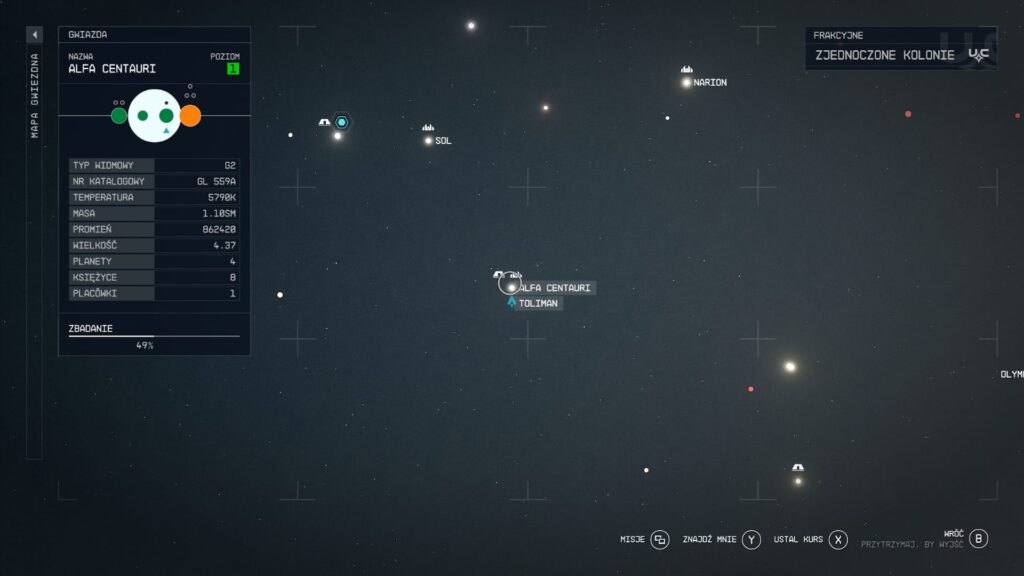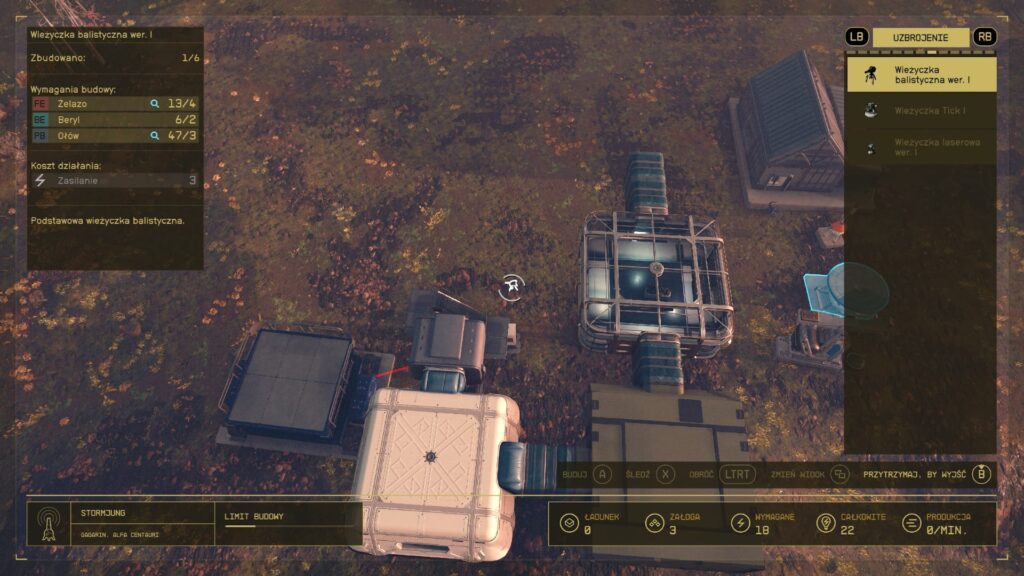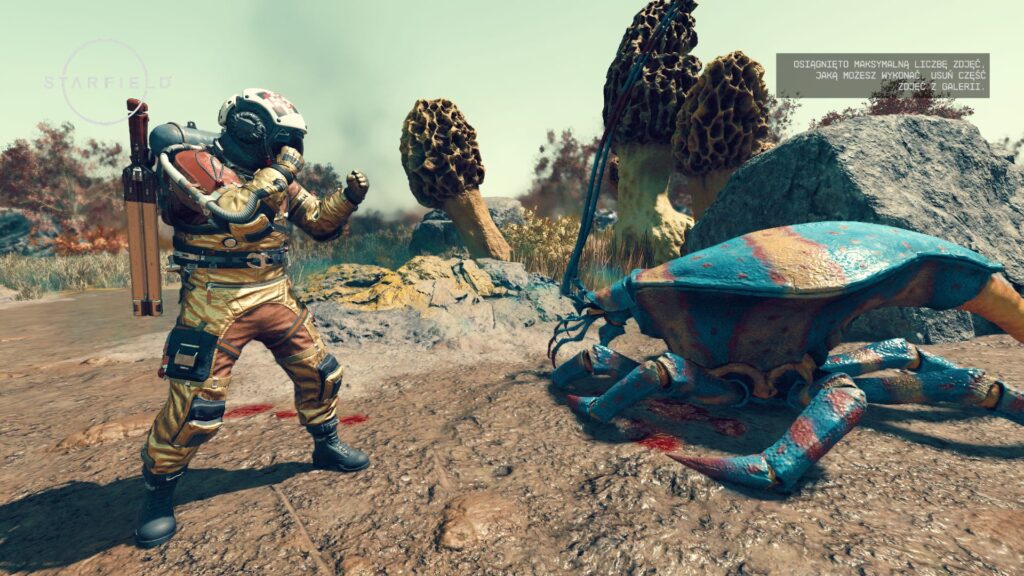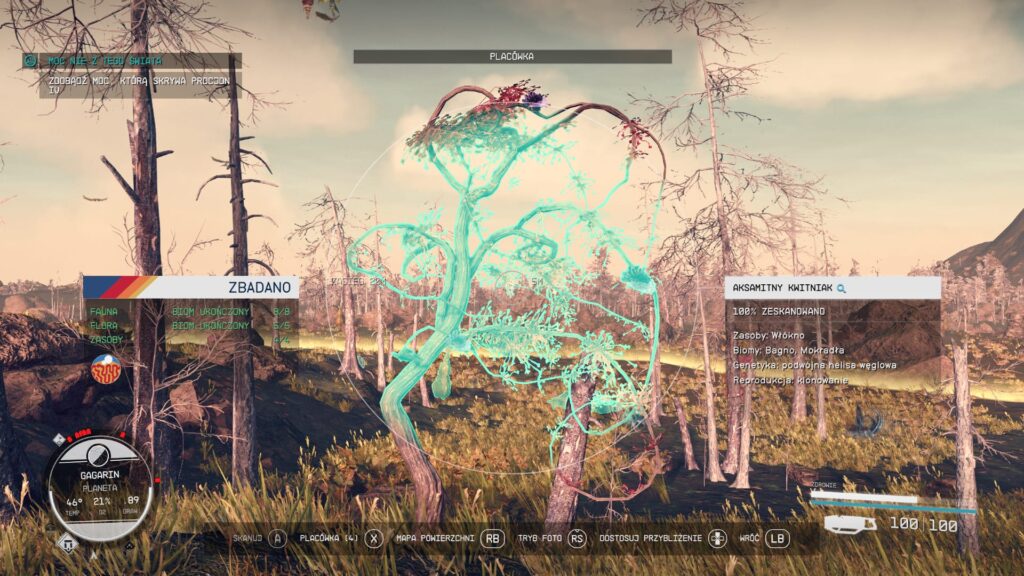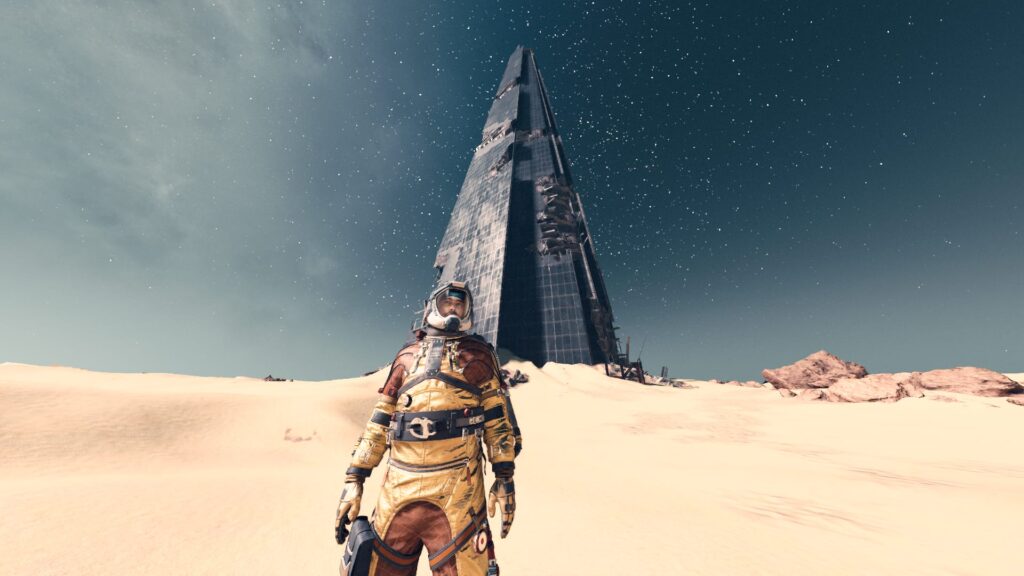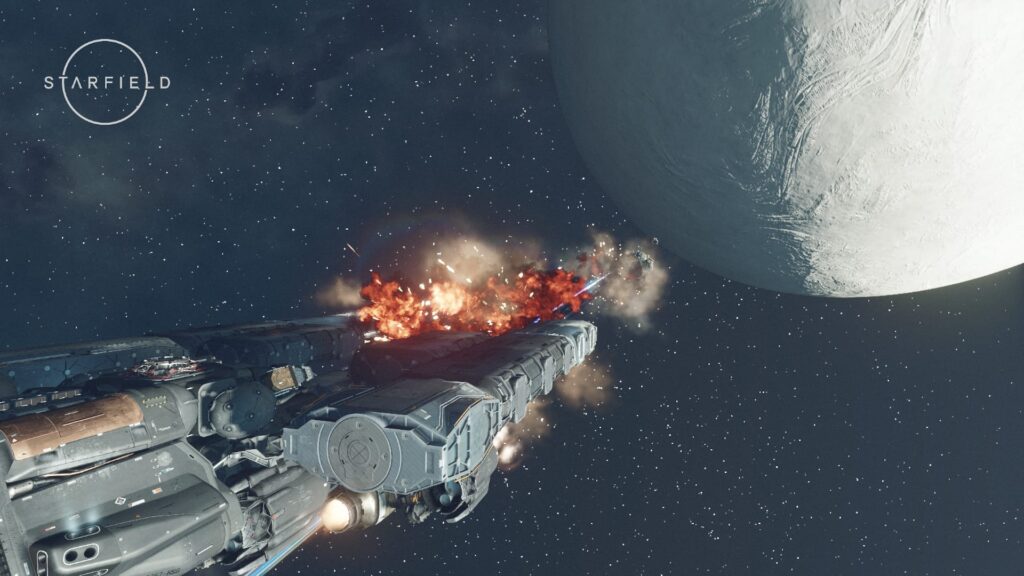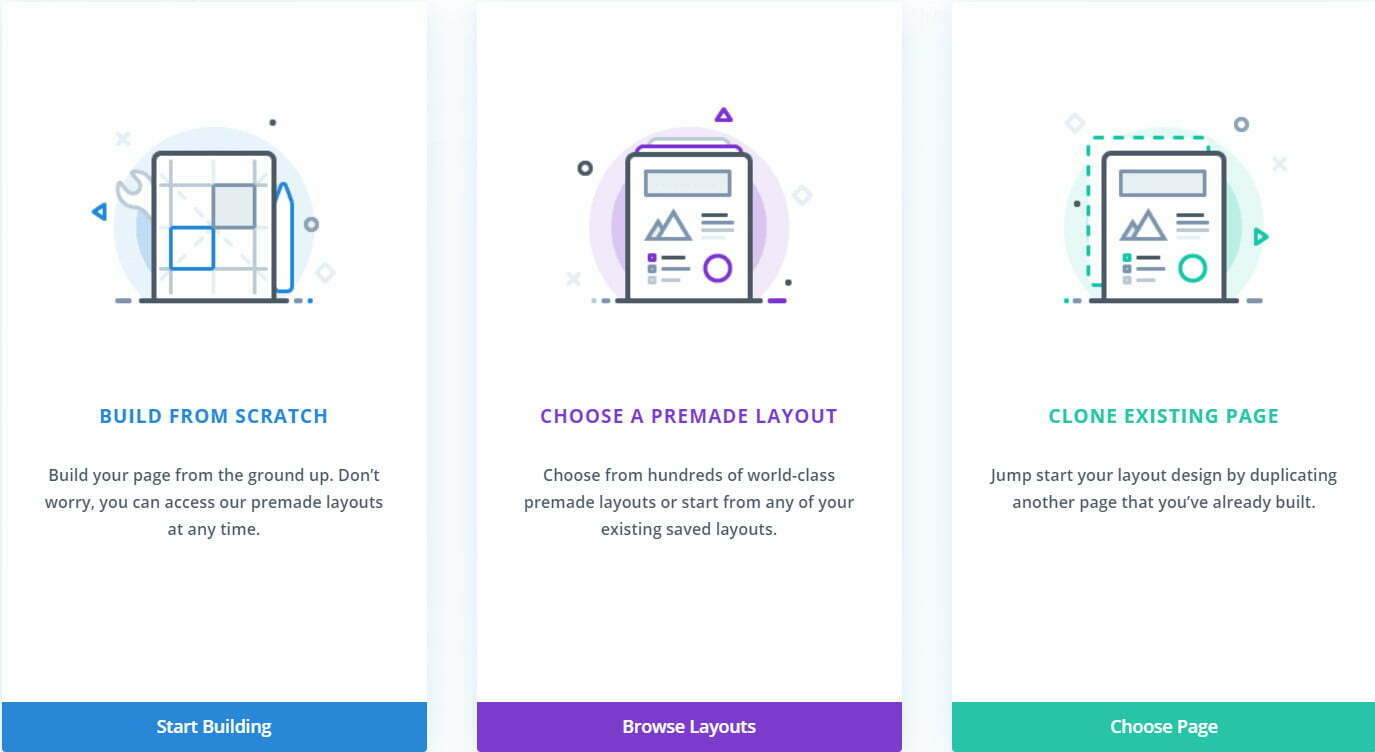Exploring Starfield: A Console Gamer’s Journey
Greetings, fellow gamers! I’m not only a WordPress expert but also an ardent console gamer with an array of gaming platforms at my disposal, including PSX, PS Classic, PS2, PSP, Xbox 360, Xbox One, and the Xbox Series S. Today, I’m excited to share my personal experience with Starfield, a game I’ve been thoroughly enjoying on my budget-friendly Xbox Series S. As I approach the end of the main storyline, having completed numerous side quests and explored a multitude of planets over 40 hours of gameplay, I’m eager to offer my insights into this gaming masterpiece.
For those familiar with my gaming background, I’m a longtime fan of the Fallout series, having completed titles like Fallout 2, Fallout 3, Fallout New Vegas, and Fallout 4 more times than I can count. Starfield, developed by Bethesda, resonates with the latter in various ways, from its controls to character creation, dialogues, base building, and shooting mechanics. This common thread is not surprising since both games hail from the Bethesda stable, providing a similar gaming experience.
Before we dive deeper, a quick heads-up: my review may contain spoilers, so consider this a non-spoiler-free zone. Additionally, all the images featured here are captured directly from the game on my Xbox Series S, utilizing the built-in photo mode or the Xbox screenshot module.
Great Expectations: Pre-release Thoughts
My journey with Starfield began when I attended XBOX FanFest on June 11th in Warsaw, Poland, courtesy of Xbox Poland and Piotr Szychowski. The event was a grand showcase of Starfield, with impressive gameplay presentations and an abundance of Starfield advertisements. Unfortunately, hands-on gameplay was not available at the time. My expectations were high—I anticipated a dynamic RPG shooter with stunning graphics and captivating space exploration. Below is my favorite snapshot from the event, a selfie moment turned into a memorable photograph.
With the event as a backdrop, my initial thoughts about the game crystallized:
- Anticipation of a fantastic shooting experience.
- Expectation of Bethesda’s signature style in dialogues.
- Hopes for modern, visually striking graphics.
- An eager outlook on exploring the cosmos.
- A humorous expectation of encountering some bugs (a nod to Bethesda’s reputation).
I delved into the game via Xbox Game Pass early access, embarking on a 5-hour gameplay session. Initially, the experience was bewildering. After character creation, I found myself thrust into action without a clear explanation or mechanics tutorial. This initial confusion, while frustrating, mirrored real-life experiences, adding an element of immersion.
The game’s interface was rife with menus—mission logs, character screens, and planet selections, all extensive and initially overwhelming. The planets’ quick travel menu presented a peculiar challenge, requiring multiple clicks to return to the pause menu. An absence of a mini-map added to the confusion, with players relying on a scanner for navigation—an intriguing yet initially unintuitive feature, considering our modern-day expectations of advanced mapping.
Nonetheless, the game’s first 15 minutes were action-packed, featuring an attack by a band of pirates shortly after a brief introduction. Despite the initial disorientation, I was captivated by the dynamic shooting experience and the game’s visual aesthetics, even on the Xbox Series S.
Navigating the Cosmos: Initial Impressions
One remarkable aspect of Starfield’s early gameplay was the noticeable absence of bugs, a pleasant departure from Bethesda’s prior titles.
As I gradually acclimated to the game’s mechanics and fundamental systems, I decided to explore. My character, cast as a professor, led me to contemplate planetary exploration. I landed on Gagarin, one of the first planets in the Alpha Centauri star system, where I initiated base building. Despite my lack of experience with this system, it bore resemblances to Fallout 4’s base building mechanics, making me feel somewhat at home.
Navigating the vast galaxy map proved a daunting task, requiring time and patience to fully grasp its intricacies.
Building Bases: A Learning Curve
The base-building system in Starfield grants players the ability to establish outposts on virtually any planet or location. Activating the scanner and pressing the X button on a gamepad opens an extensive menu of base structures. However, this menu is initially confusing, lacking clear instructions. Regrettably, the in-game menus provided no helpful guidance, resulting in a trial-and-error approach.
Furthermore, the scarcity of resources necessary for base building during the early stages rendered it impractical. Surprisingly, a side quest encouraged early outpost establishment. Consequently, I erected a basic outpost, grew frustrated, and resolved to explore alternative avenues.
While the outpost building system represented an improvement over Fallout 4, it carried a steep learning curve.
Exploring Biomes and Scanning: Uncovering the Game’s Depths
My initial 5 hours of gameplay left me perplexed and somewhat frustrated. It was unclear whether the game’s size, a lack of useful tutorials, or the complex menus were to blame. In a bid to break the monotony, I embarked on a different path, indulging in planetary exploration while still on Gagarin.
This exploration introduced me to a scanning mechanic reminiscent of Fallout 4. It involved moving across planets to scan fauna, flora, and resources—a compelling mechanic for adventurers intrigued by diverse biomes, wildlife, and resources. The mini-game was straightforward: approach a specimen, press A, and acquire information. Scanning multiple specimens unveiled additional details until a 100% scan completion. Some rare creatures or resources posed challenges to locate, enhancing the sense of reward.
This scanning mechanic not only added depth to the game but also provided valuable insights into resource availability and creature behavior. Planets displayed varying biomes and life forms, reflecting the game’s exceptional artistic design.
The combination of scanning and planetary exploration emerged as one of the game’s most rewarding and fascinating features. Starfield’s expansive planetary systems, each with distinct biomes and appearances, beckoned adventurers, captivating me despite initial frustrations.
Note: Navigating planets becomes more manageable after around 10 hours of gameplay, thanks to improved gear and perks that facilitate faster planetary traversal.
Note 2: Spoiler alert! Exploring planets often reveals unique structures, such as an Abandoned Mecha Factory or the remnants of London on Earth, providing insights into the game’s lore.
Discovering the Stars: Cosmic Exploration and Ship Customization
Intriguingly, the exploration of planets extended beyond their surfaces. Some planets harbored unique buildings and structures, like the Abandoned Mecha Factory or Earth’s destroyed remnants. Discovering these hidden gems added depth to the gameplay and offered glimpses into the game’s backstory.
As I delved further into the game’s mechanics and systems, I reached a point where I could fully appreciate and understand Starfield. The game’s steep learning curve demanded approximately 10 hours of gameplay. This challenge, while daunting, mirrored real-life experiences where rewards are earned through dedication and perseverance—a refreshing departure from today’s often overly forgiving games.
The next frontier I embraced was ship customization. A novel mechanic for Fallout 4 fans, this feature allowed players to interact with qualified spaceship technicians in most cities, purchase ships, and access ship customization screens.
If you relish space travel, space battles, and the creative aspect of designing your spacecraft, then the ship customization mechanic is a must-try. Unlike outpost building, it requires no resource gathering; instead, it relies solely on in-game currency. The system’s user-friendliness, combined with its enjoyable nature, became evident as I became more acquainted with it.
For players like me, who had chosen the “Wanted” trait and were constantly hounded by relentless Bounty Hunters, ship customization proved indispensable. Facing these threats often resulted in challenging battles or frantic escapes using the Gravity Drive.
Customizing ships is a creative endeavor, allowing players to visually arrange ship components with ease. The process primarily incurs in-game currency expenses. Players can explore various cosmetic options to modify their ships’ appearances, providing ample room for personalization and memorable screenshots.
Note: For an informative guide on using the Ship Building system, check out Polygon’s tutorial.
Conclusion (Part 1)
At first glance, Starfield may seem overwhelming and perplexing. Its steep learning curve can be demanding, yet, as you delve deeper into the game, gather resources, enhance your character, and grasp its mechanics, Starfield reveals itself as a rewarding and enjoyable experience. In this first part of my review, I’ve covered the fundamental game mechanics and shared my impressions from the initial 10 hours of gameplay.
In my humble opinion, Starfield is a remarkable game—it’s vast, intricate, and requires dedication to fully appreciate. The game offers boundless freedom and multiple playstyles, whether you’re an adventurer exploring diverse biomes, a space pirate, or a strategist navigating menus with lightning speed. There’s a wealth of fascinating content to discover in this game, making it my top choice for the winter gaming season.
In the upcoming segments of this series, I’ll delve into the following topics:
- Companions
- Ground and space battles
- Planet traversal
- Dialogues
- A detailed exploration of the graphics
- Pros and cons of the game
- Bonus content
- An intriguing random encounter—the abandoned mecha factory—providing insights into Starfield’s lore
Stay tuned for more exciting insights into the world of Starfield!



